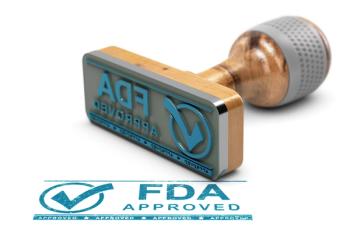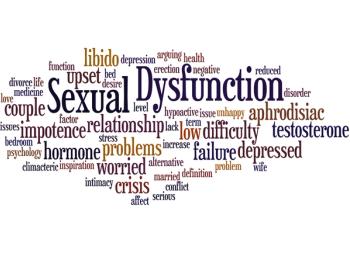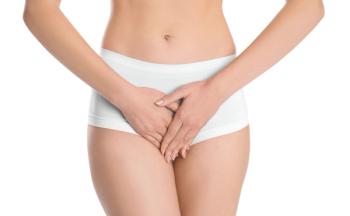
According to research published in Menopause, vaginal atrophy-a treatable condition-appears to be the most impactful factor for perimenopausal women and declining sexual function.

According to research published in Menopause, vaginal atrophy-a treatable condition-appears to be the most impactful factor for perimenopausal women and declining sexual function.

A recent study examined how bicycle seats may play a role in the prevalence of sexual dysfunction among female adult bicyclists.

The findings from a new survey-based study shed light on how reproductive coercion and relationship abuse influence sexual health in this population.

One of the best clinical conceptualizations of sexual function is a sex-positive approach which encourages professionals to attend to both dysfunction and the capacity for pleasure.

Ob/gyns treating patients with epilepsy should be aware of their higher risk for sexual dysfunction while also recognizing that the cause may be multifactorial.

Bremelanotide is an injectable indicated for premenopausal women with hypoactive sexual desire disorder (HSDD).

A recent study examined similarities and differences between women who were exposed to sexual abuse and those with dyspareunia and is the first to actively compare these groups.

A new study highlighted how common sexual dysfunction is among middle-aged persons and if the prevalence among Canadians is consistent with American and British reports.

Dilator therapy can be extremely successful in treating superficial dyspareunia, but compliance is often poor. A new type of vaginal dilator that gives women more control aims to address the issue.

A recent study quantified how much the treatment effect of pharmacologic modalities for female sexual dysfunction could be attributed to the placebo effect.

An oral selective estrogen receptor modulator approved for treatment of mild to moderate dyspareunia in menopausal women reduced signs and symptoms of atrophy in the vulva, vestibule, urethral meatus and vagina region, according to results of a prospective open-label pilot study

In women with endometriosis, deep dyspareunia is associated with lower sexual quality of life (QoL), according to a study.

Understanding the psychological underpinnings of sexual motivation can be helpful in improving the sexual and relationship well-being of couples affected by vulvodynia, according to recent research.

In large part, clinicians and patients do not see eye to eye when it comes to what they consider important criteria for a rating scale assessing female sexual desire, according to a literature review

According to a literature review, apart from the essential role that sex hormones play in modulating hypoactive sexual desire disorder (HSDD) through therapeutic interventions, a comprehensive understanding of the biologic mechanisms underlying the disorder is imperative.

Premenopausal and postmenopausal women treated with the combined agonist/antagonist flibanserin for hypoactive sexual desire disorder (HSDD) are likely to lose weight, according to a post hoc analysis of five studies.

Midpelvic attempted operative vaginal delivery (aOVD) does not increase risk of sexual dysfunction in women or their male partners nor are the women more likely to manifest symptoms of maternal postpartum depression at 6 months compared to counterparts who had low pelvic aOVD, according to a prospective study.

Women with arousal-specific sexual dysfunction are significantly less likely to perceive when their genitals are sexually aroused compared to women who have decreased sexual function or are sexually functional, according to an analysis of data from 5 studies

More than half of young adults between ages 18 and 39 with a cancer diagnosis reported problems with sexual function, according to a 2-year longitudinal study.

An Austrian study highlights the need for ob/gyns to counsel breast cancer survivors about sexual health issues, even years after their treatment for the disease

An integral part of a treatment plan for managing sexual dysfunction in women is the use of hormonal and pharmaceutical agents, a variety of which are available.

A stepwise approach ensures that all the potential issues and needs affecting a women’s sexual dysfunction are addressed prior to initiating management strategies.

Learn about the prevalence of HSDD and hear from Key Opinion Leaders about its effect on premenopausal women.

Female sexual dysfunction is not rare. In the United States, 44% of women are reported to experience some form of sexual dysfunction and 12% of these women report distress associated with dysfunction. Despite this high prevalence, many women never talk to their providers about their sexual difficulties or concerns and many providers fail to broach the topic with their patients.

For particular groups of women, reluctance to talk about sexual difficulties may be enhanced by perceived societal judgements and misconceptions.